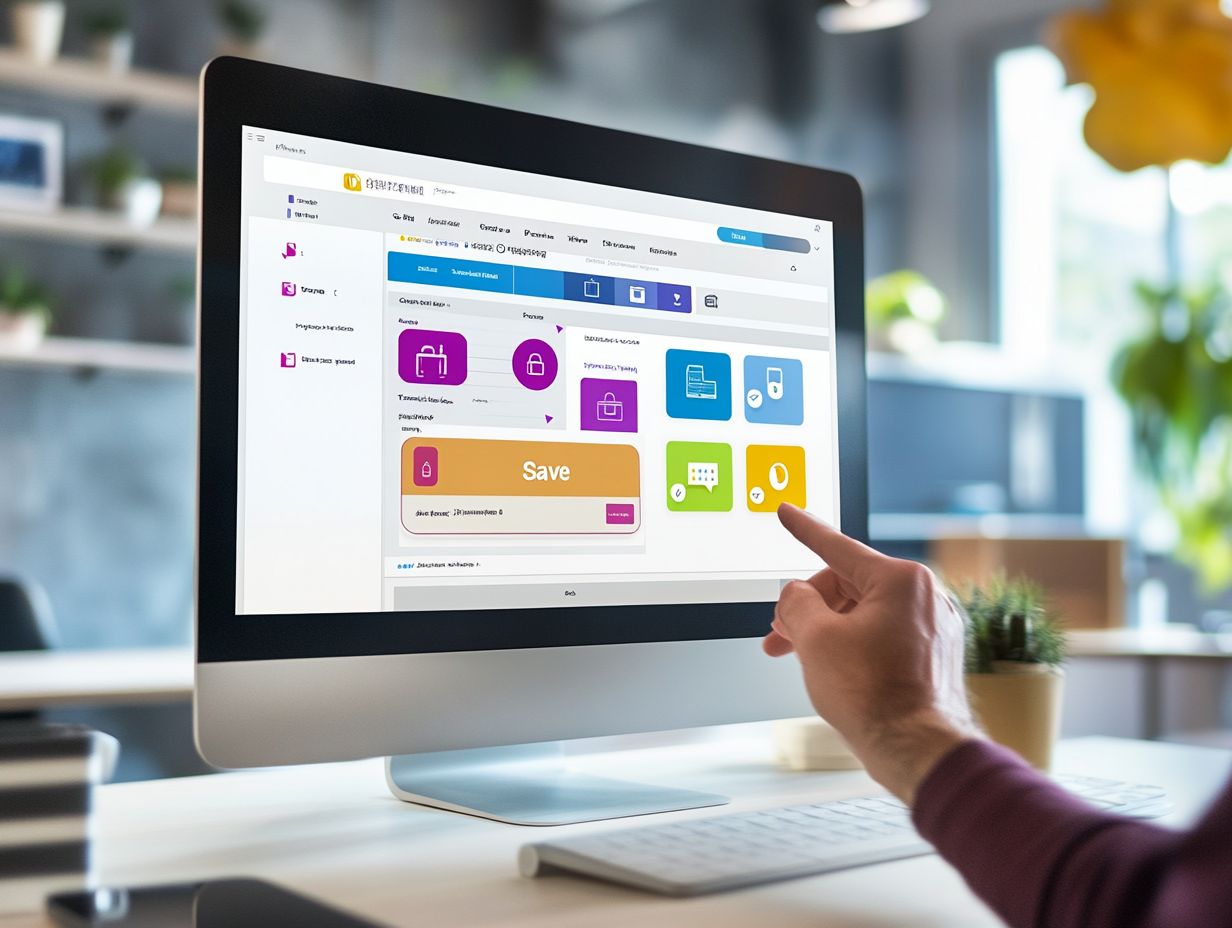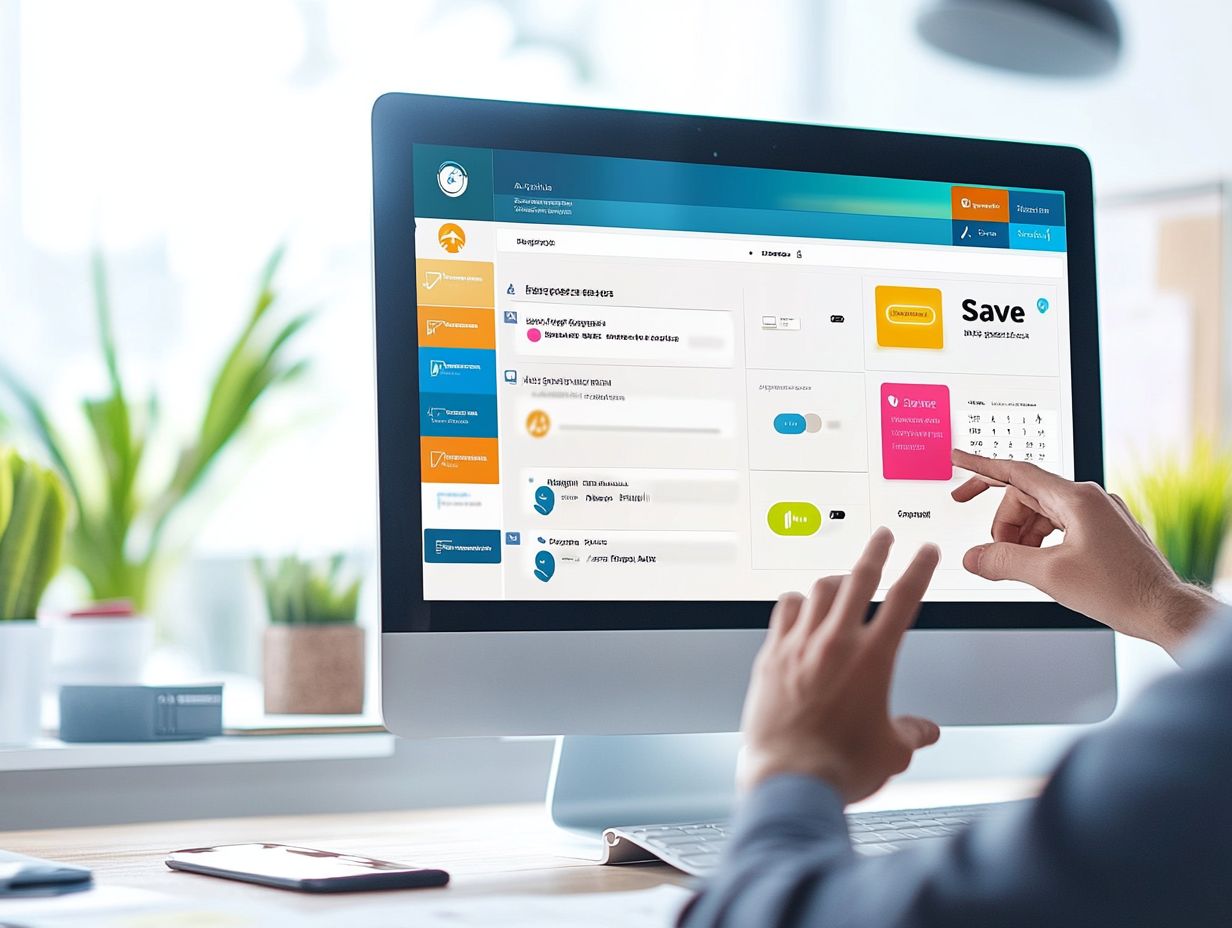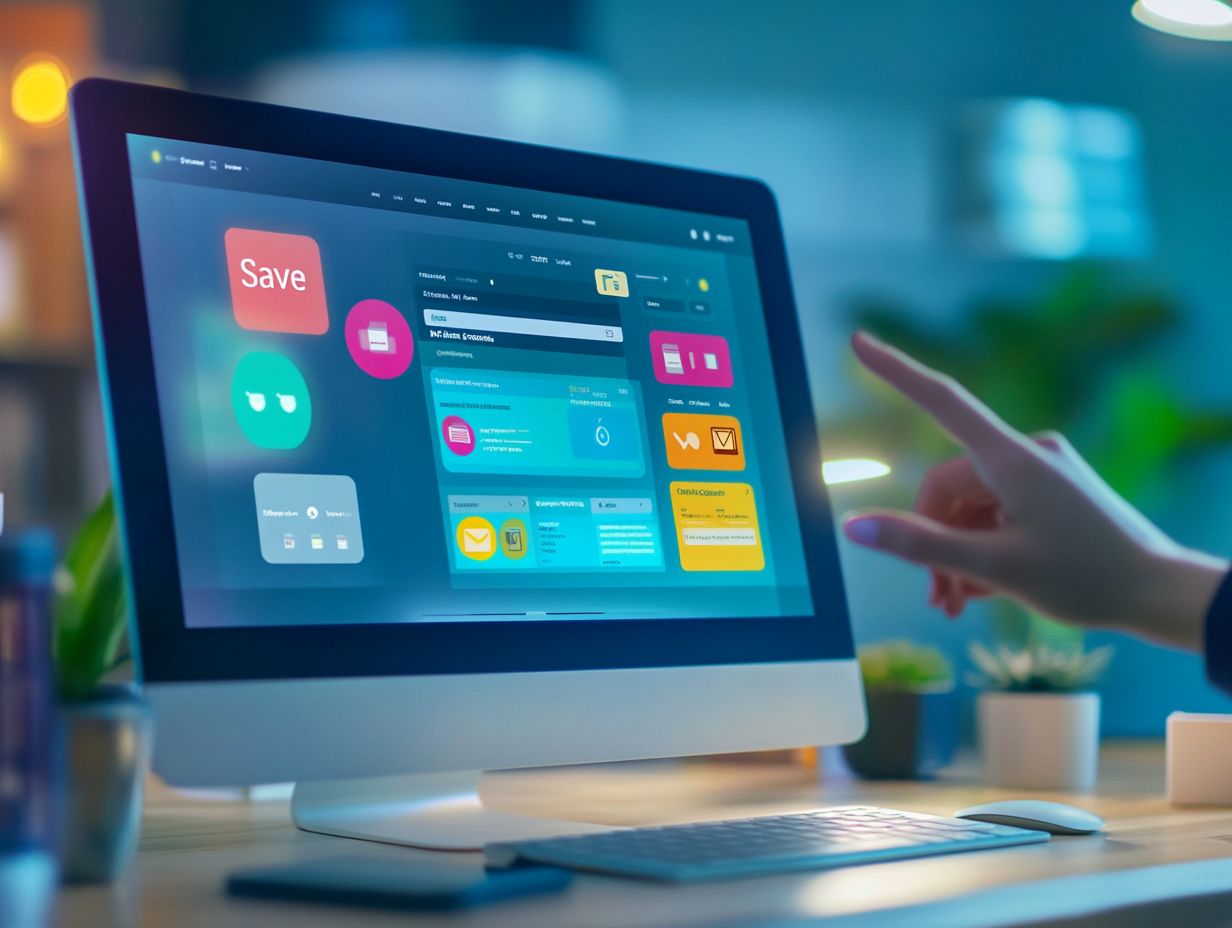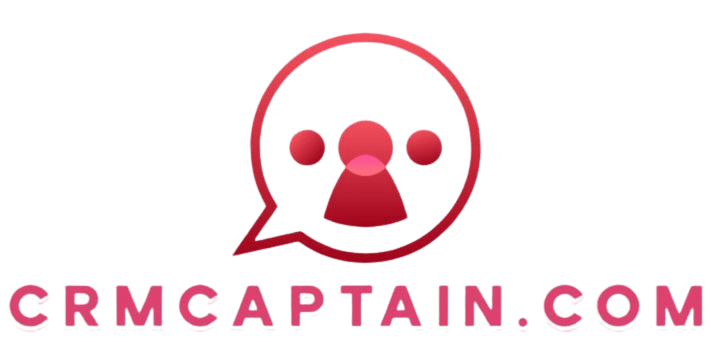5 Best Practices for CRM Reminder Settings
In the fast-paced world of business, maintaining organization and efficiency is essential for success.
One powerful tool at your disposal is the reminder settings within your CRM (Customer Relationship Management) system, which helps businesses manage relationships with customers. This article delves into five best practices for optimizing these settings, guiding you on how to prioritize reminders based on their importance and customize their frequency and channels to suit your needs.
This article also points out common pitfalls to avoid and the benefits of using automation in your workflow. By the end, you’ll be ready to supercharge your CRM experience and significantly enhance your productivity.
Contents
- Key Takeaways:
- 1. Set Up Reminders Based on Importance
- 2. Customize Reminder Frequency
- 3. Utilize Multiple Reminder Channels
- 4. Include Relevant Information in the Reminder
- 5. Regularly Review and Adjust Reminder Settings
- What Is the Purpose of Reminder Settings in a CRM?
- What Are the Different Types of Reminders That Can Be Set?
- How Can Reminder Settings Boost Efficiency and Productivity?
- What Are the Common Mistakes to Avoid When Setting Reminders?
- How Can a Business Determine the Best Reminder Settings for Their CRM?
- What Are the Benefits of Using Automated Reminder Settings?
- Frequently Asked Questions
Key Takeaways:

- Prioritize reminders to keep track of important tasks.
- Customize how often you receive reminders to match your workflow.
- Use various reminder methods like email and SMS to ensure you never miss an alert.
1. Set Up Reminders Based on Importance
Setting up reminders based on the importance of tasks and activities within your CRM system is crucial for elevating your customer relationship management. This practice ensures that vital actions are never overlooked, significantly enhancing CRM effectiveness and customer satisfaction.
By categorizing your tasks according to their urgency and significance, you can allocate resources more effectively and concentrate on what truly matters. This structured approach makes your workflow smoother and enables your team to meet deadlines, fostering a culture of accountability.
Zoho CRM has strong task prioritization tools. It helps you manage alerts based on deadlines and impact, ensuring that high-priority customer interactions are addressed with the urgency they deserve.
On the other hand, with Pipedrive’s visual task management, staying organized is a breeze. You’ll feel empowered to tackle your client outreach effectively. These practical tools underscore CRM best practices, enhancing your engagement strategies and ultimately strengthening your relationships with customers.
2. Customize Reminder Frequency
Customizing the frequency of reminders in your CRM can significantly enhance user adoption and elevate the overall customer experience.
With timely notifications for follow-ups and important tasks, team members will stay on track and engaged. By allowing you to set personalized reminders that align with your work rhythms whether you prefer daily, weekly, or just-in-time notifications CRM platforms can better cater to the diverse workflows within your team.
For instance, incorporating options for soft reminders a few hours before a meeting or task can support those who thrive on preparation, while others might find value in last-minute prompts.
To implement this effectively in platforms like Zoho CRM and Pipedrive, explore features that offer drag-and-drop configurations. This allows you to easily tailor your reminder settings to suit your preferences.
Regular training sessions can further enable your team to fully leverage these customization options, ultimately leading to a more intuitive and effective CRM experience.
3. Utilize Multiple Reminder Channels
By utilizing multiple reminder channels like emails, SMS, and in-app notifications you can streamline communication and ensure critical reminders reach you and your team, enhancing customer service and coordination.
Integrating these diverse channels into a comprehensive CRM system can significantly elevate your operational efficiency.
For instance, an automated SMS alert can keep you and your team informed about upcoming deadlines, while an in-app notification can prompt immediate attention for urgent tasks.
Using email for detailed updates provides an excellent way to disseminate information thoroughly, allowing you to reference it easily later.
This multi-faceted approach not only enhances data management but also cultivates a collaborative environment, enabling you and your team to be more agile and responsive to customer needs, ultimately driving better results.
Don t wait start customizing your reminder settings today to boost your productivity!
4. Include Relevant Information in the Reminder

Including relevant information in your CRM (Customer Relationship Management) reminders like customer interactions, previous communications, and specific tasks is essential for providing context that facilitates effective follow-ups. This practice enhances the integrity of your CRM data.
By gaining this contextual insight, your team can understand clients histories more thoroughly. This paves the way for personalized interactions that cultivate stronger relationships. Integrate key details, such as purchase history, preferences, and feedback, into your reminders. This makes your interactions timely and meaningful.
Implementing these strategies elevates CRM performance and achieves goals like customer satisfaction and retention. When your team has a comprehensive overview of customers, they are better equipped to anticipate needs, address issues swiftly, and ultimately drive greater engagement and loyalty.
5. Regularly Review and Adjust Reminder Settings
Regularly reviewing and adjusting your reminder settings within the CRM is crucial for staying aligned with your evolving business needs. Following best practices for CRM software configuration ensures that your CRM practices effectively drive customer satisfaction and enhance team productivity.
This approach boosts operational efficiency and enables you to keep up with changing customer expectations and internal objectives. Measure the effectiveness of your reminder settings through specific CRM metrics to pinpoint how these alerts influence response times and customer engagement rates.
Metrics like open rates for reminders or task completion timelines can offer valuable insights. Implement feedback loops where team members share their experiences with reminders. This can lead to adjustments that resonate with their workflows.
Incorporating automated adjustments based on performance data optimizes the relevance of your reminders, aligning them more closely with your current CRM objectives.
What Is the Purpose of Reminder Settings in a CRM?
The purpose of reminder settings in a CRM is to elevate your customer relationship management by ensuring timely follow-ups, boosting team productivity, and enhancing overall CRM effectiveness. This ultimately leads to improved customer satisfaction and loyalty.
These settings enable your sales teams to automate communications and stay organized, significantly reducing the risk of overlooked leads or missed opportunities.
By utilizing specific tools like Zoho CRM and Pipedrive, you can efficiently schedule reminders for essential tasks such as follow-up calls, email outreach, and meeting confirmations. This functionality streamlines your sales process and fosters consistent engagement with clients, contributing to a more personalized experience.
Effective reminder management within CRM systems plays a crucial role in nurturing potential customers, sustaining relationships, and increasing your conversion rates.
What Are the Different Types of Reminders That Can Be Set?
- Task Reminders: Keep you on top of daily responsibilities like sending proposals or researching potential leads. For instance, a reminder can be triggered just when you need to check in with a lead after an initial meeting.
- Event Reminders: Notify your team about upcoming meetings or conferences, ensuring everyone stays aligned and engaged.
- Follow-Up Reminders: Prompt you to reconnect with clients after a sale or service interaction, nurturing ongoing relationships and boosting customer satisfaction.
By streamlining these reminders through CRM automation, you enhance your overall strategies, minimize forgotten appointments, and deepen customer engagement.
How Can Reminder Settings Boost Efficiency and Productivity?

Reminder settings can significantly boost your efficiency and productivity within customer relationship management (CRM), ensuring your sales teams stay consistently informed about crucial tasks and customer interactions. This enables them to respond promptly and effectively.
Implement structured reminders to minimize missed opportunities. This proactive strategy enhances customer satisfaction and streamlines your sales process.
Metrics such as response time, follow-up frequency, and conversion rates become invaluable indicators of your progress. As your teams embrace disciplined reminder practices, they’ll likely notice a substantial improvement in their ability to meet deadlines, ultimately driving higher sales performance and achieving better overall results.
What Are the Common Mistakes to Avoid When Setting Reminders?
When you set reminders in a CRM, it s easy to fall into some common traps. Missteps like overloading users with notifications, neglecting to tailor reminders to individual preferences, and failing to regularly update reminder settings diminish CRM effectiveness.
To avoid overwhelming your team, it s essential to implement a balanced reminder strategy that considers the frequency and urgency of notifications. Users thrive on personalized reminders that align with their specific workflows, which, in turn, drives higher engagement levels.
Regularly reviewing and updating these settings especially based on user feedback ensures that reminders remain relevant and valuable. This approach sharpens communication and keeps your team on the cutting edge of customer engagement.
Emphasizing user training and input is crucial for the success of your CRM strategies.
How Can a Business Determine the Best Reminder Settings for Their CRM?
To determine the optimal reminder settings for your CRM, assess your specific operational needs, customer interaction patterns, and employee workflows. Implementing the 5 best practices for data entry in CRM ensures that your settings align seamlessly with your overall CRM objectives and enhance the customer experience.
The evaluation process begins by gathering insights from various users and stakeholders. Their feedback will provide you with a well-rounded view of what truly works and what requires improvement.
Engaging with your team members uncovers common challenges in managing customer relationships, while stakeholders can offer strategic insights to align reminder settings with broader business goals.
By collaboratively defining key performance indicators, you can establish customized reminders that not only drive efficiency but also nurture customer relationships. Striking the right balance in reminder frequency and content fosters a proactive approach, keeping both employees and clients engaged without overwhelming them.
What Are the Benefits of Using Automated Reminder Settings?
Automated reminder settings in a CRM bring a wealth of advantages, such as lightening the manual workload for your sales teams, ensuring follow-ups are consistently executed, and enhancing customer service by delivering timely responses to inquiries and requests.
This kind of automation significantly boosts data integrity, ensuring customer information is updated consistently and free from human error. For instance, when a customer hits a noteworthy milestone, the system can automatically alert your team, allowing them to respond promptly and maintain strong relationships.
By minimizing the chances of oversights or missed opportunities, the CRM effectively streamlines processes, contributing to the overall success of your CRM objectives. When your sales teams are less burdened by administrative tasks, they can concentrate more on nurturing leads and sealing deals, ultimately driving revenue growth.
Frequently Asked Questions

How do CRM reminder settings work?
CRM reminder settings refer to the specific configurations and methods used to remind users of upcoming tasks, appointments, or deadlines within a customer relationship management (CRM) system.
Conclusion: Implementing effective reminder settings is crucial for enhancing productivity and ensuring your sales team remains engaged with clients. Start setting up your reminder system today for better performance and improved customer satisfaction!
Why are CRM reminder settings important?
CRM reminder settings are crucial for timely follow-ups and customer satisfaction. They help you stay organized, leading to better productivity and stronger customer relationships.
What are the 5 best practices for CRM reminder settings?
The best practices include setting specific reminders, changing reminder formats, using multiple reminder methods, scheduling reminders wisely, and reviewing them regularly. For more insights, check out the best practices for effective CRM communication.
How can I set specific reminders in my CRM system?
To set specific reminders, use tags to categorize tasks. You can also assign reminders based on dates or time intervals.
What is the benefit of customizing reminder formats?
Changing reminder formats lets you design reminders that suit your style. This makes them more effective and relevant, improving task management and user satisfaction.
Want to ensure you never miss a deadline?
Use multiple reminder methods, such as emails, pop-up notifications, and mobile alerts. This helps you receive reminders on time and through various channels, preventing missed deadlines.






